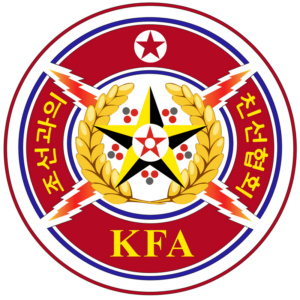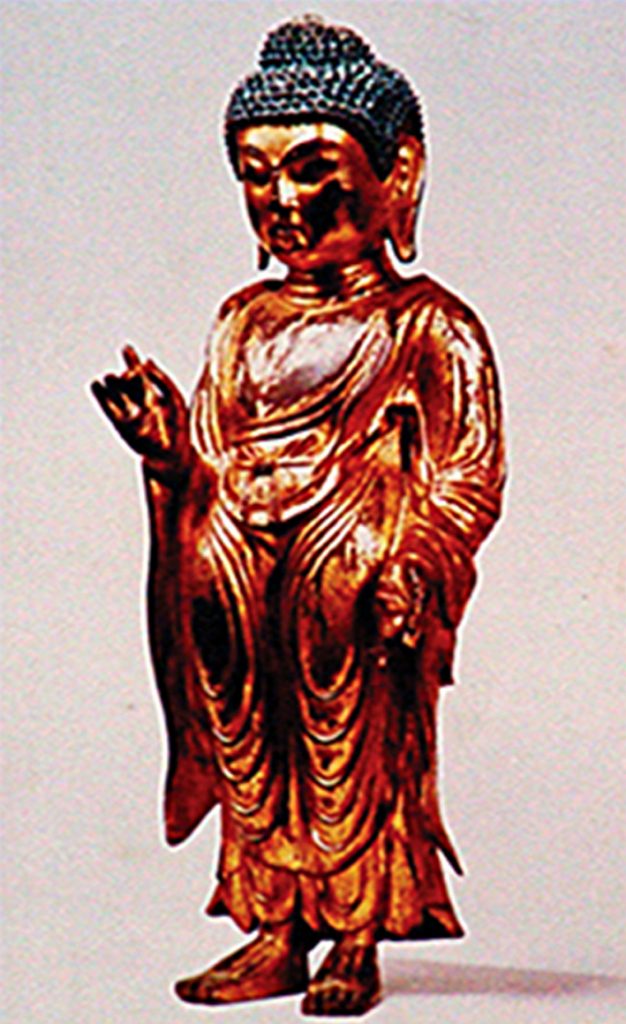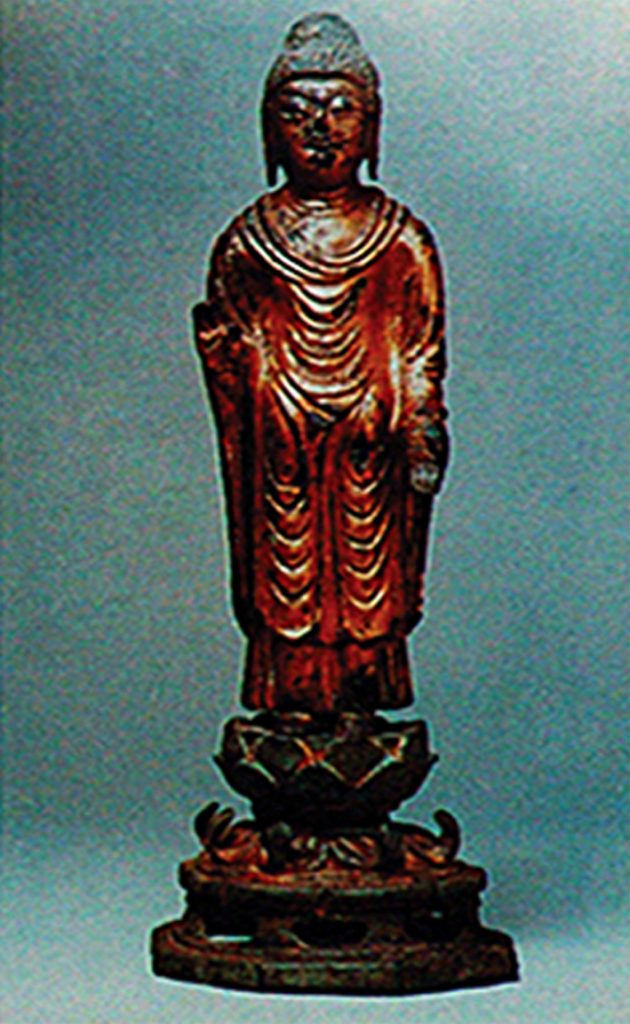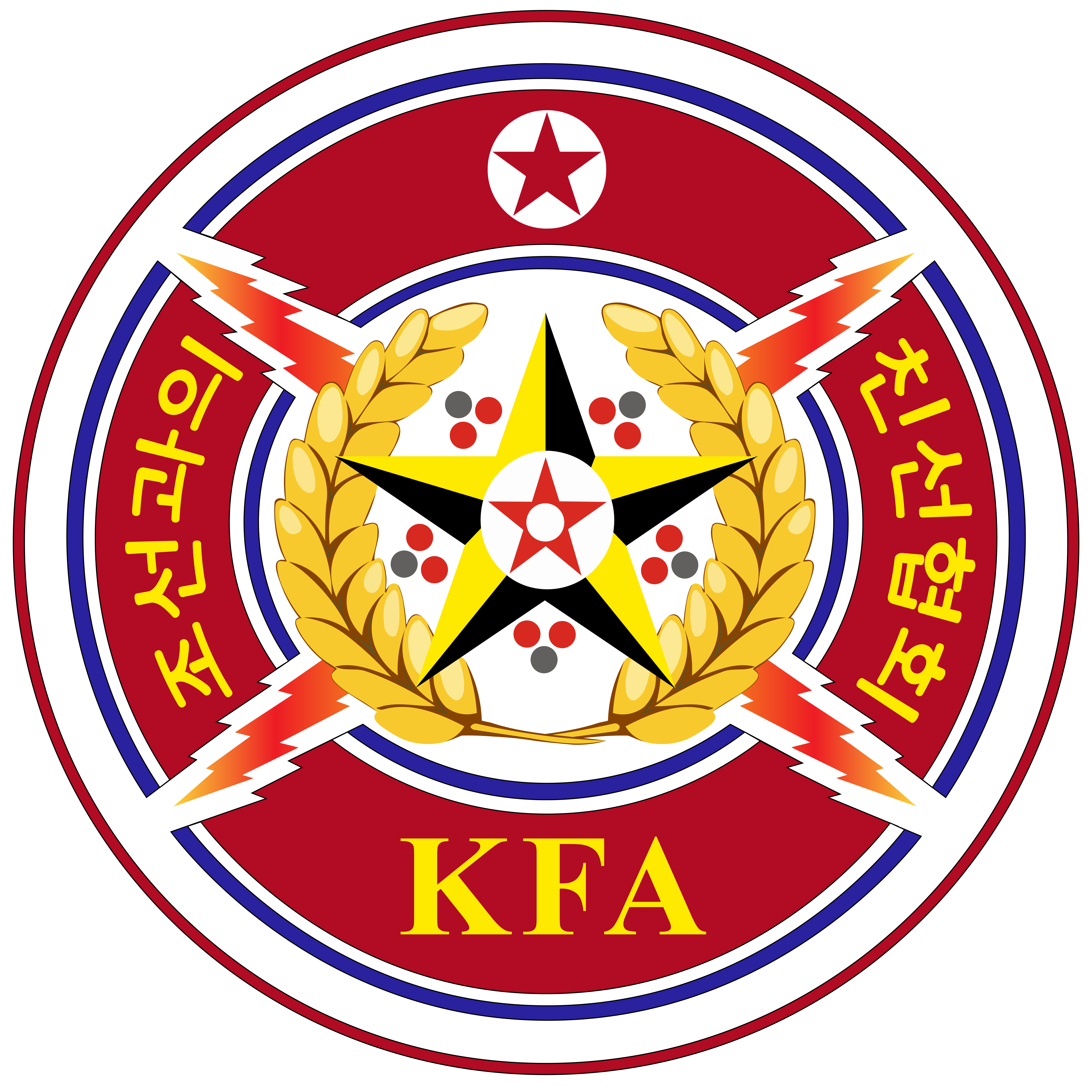News
Japan’s Plundering of Buddhist Statues in Korea
The Japanese imperialists plundered a large number of Buddhist statues during their military occupation of Korea from 1905 to 1945.
Taking advantage of the Japanese imperialists’ occupation of Korea, the Japanese historians buckled down to investigating the temples and Buddhist fine arts of Korea and made a collective list of the Korean cultural assets.
On June 3, 1911, the Japanese imperialists promulgated a “temple ordinance” to provide a legal basis for investigating temples and plundering Buddhist fine arts preserved there.
Article 5 of the “temple ordinance” stipulated that the land, forests, buildings, Buddhist statues and stonework belonging to temples shall not be disposed of without the permission of the governor-general of Korea.
Most important in the Buddhist fine arts looted by the Japanese imperialists were Buddhist statues forming the pivot of the temples.
The Japanese imperialists, in the guise of historians, plundered the Buddhist statues at random in the Buddhist temples of Korea under the signboard of investigation.
A Japanese said as follows: I was told that the Buddhist statues and scriptures had come from Paekje to Japan across the sea. So, I tried to find out Buddhist statues in the Puyo area, the old land of Paekje. Finally, I unearthed them there.
In a bid to steal small yet expensive pure gold or gilt-bronze statues of Buddha, the Japanese imperialists destroyed old stone pagodas and stupas.
In 1912, the Japanese government-patronized historians investigated and opened to the public 50 Buddhist statues of Yujom Temple in Outer Kumgang, which were plundered by a gang of Japanese robbers in March 1916.
All the facts lay bare to the whole world the shamelessness, robbery and crimes of the Japanese imperialists accustomed to aggression and plundering.
The Korean people will never forget their crimes but surely exact reparations for them.





